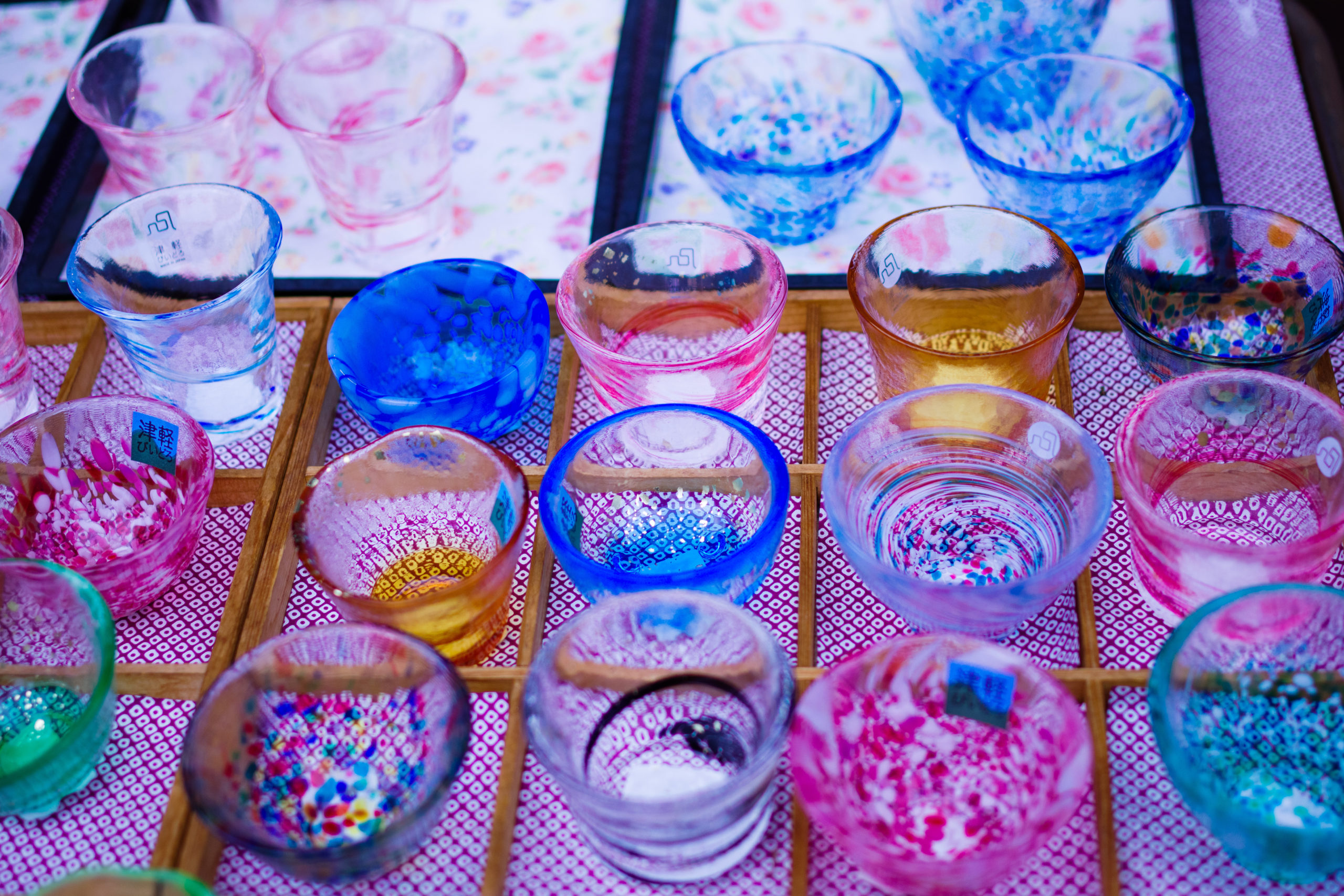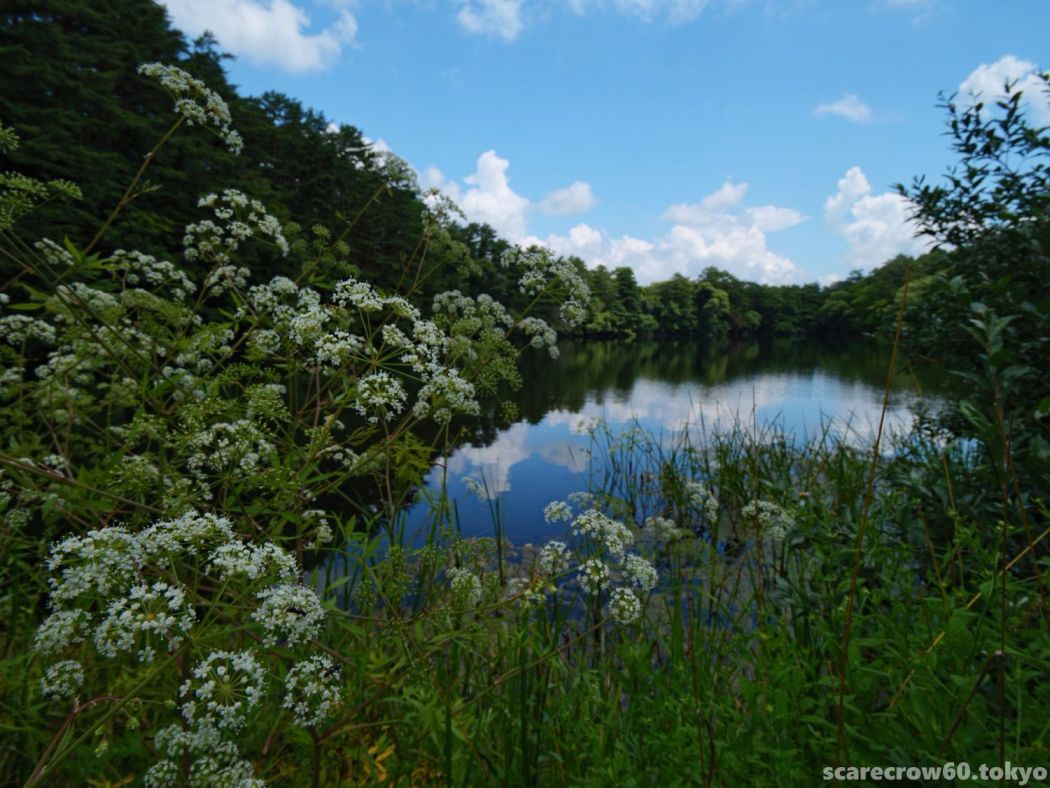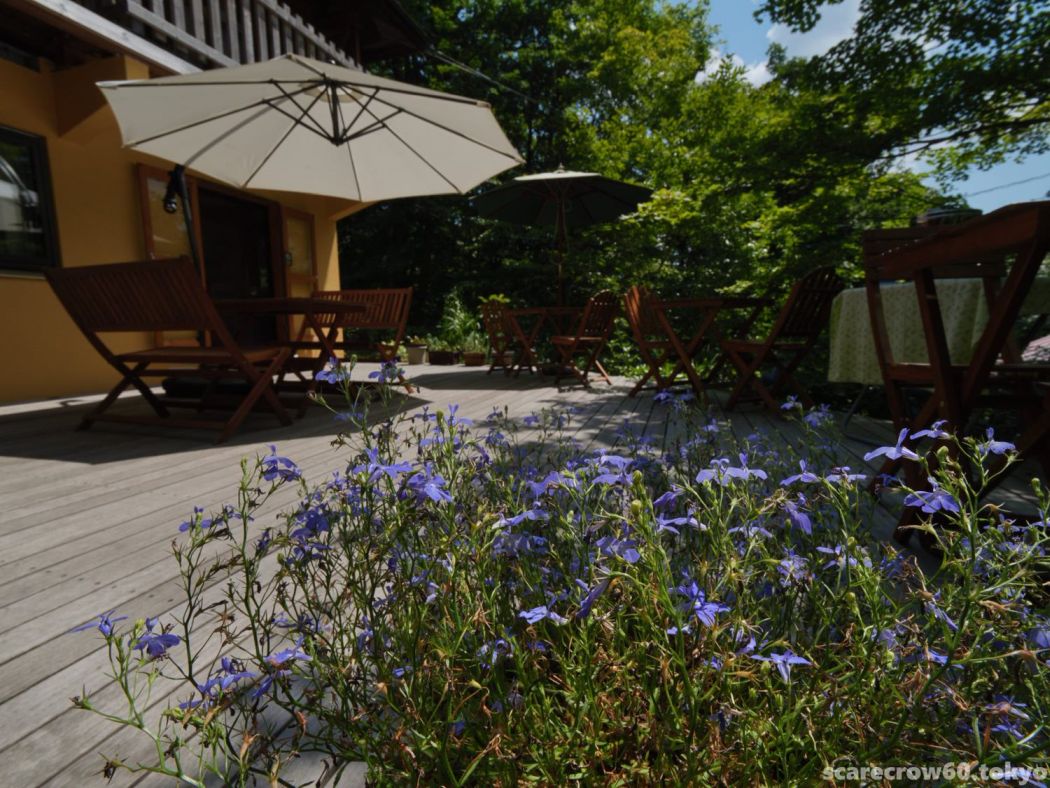This is not a tourist guide that I can recommend to many people, but rather a topic of personal taste. Also, this is a photo blog, but there will be no photos this time.
When you think of Aizu cuisine, what do you think of?
The popular lunch course at Shibukawa Tonya, a restaurant known for its local cuisine in Aizu-Wakamatsu city, offers a menu like this (information as of December 2021)
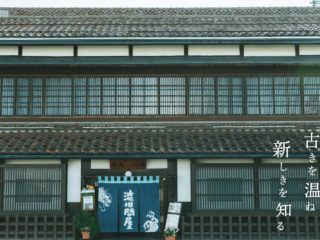
Matsuri Gozen (Tsuru Course) ¥2,100
Tsukidashi / Konbu-roll of kipper / Pickled kipper with Japanese pepper / Simmered codfish / Kozuyu soup / Tempura / Buckwheat porridge / Maitake mushroom rice / Pickles / Dessert (fruit)
Since Aizu is a city in the mountains, seafood must have been precious in the past. Dishes using herring, kelp, codfish, and scallops (dried, of course) were considered a real “treat”. Unlike today’s cuisine, which makes use of freezing technology to use fresh ingredients as much as possible, Aizu cuisine is characterized by its ingenuity to compensate for the disadvantage of freshness, and to extract the flavor of dried sea food to the fullest extent.
The “delicacies of the sea” are certainly debuffed, but the “delicacies of the mountains” are always buffed up by about 1.5 times, with unlimited pickings, vegetables, river fish, animal meat, rice, water, and sake.
There are many other great local delicacies available in Aizu/Ura-Bandai besides the signature dishes of the famous restaurant, but I would definitely recommend Cookerd young Hime Bamboo & Herring. I was surprised when I was allowed to try this simple home-style dish at the home of an acquaintance of mine in this area many decades ago. It was a shocking encounter. You could say that I became (and still am) captivated.
Recipes vary only for home cooking. I have experienced many variations of this dish, including soy sauce flavor, miso flavor, with or without udo and other wild vegetables, with or without sansho, with or without chili peppers, etc., but the standard for me is the “soy sauce flavor, without udo, sansho, chili” that I had at my first acquaintance’s home, which alone is enough for any amount of sake and rice.
However, in recent days, I have been in a bit of trouble.
For some reason, there are fewer and fewer restaurants and inns that serve this dish, and the homes of my acquaintances have been moved, so in short, it has become difficult to find the actual dish. I can’t even simply take a picture of this dish and introduce it to you.
I am forced to post a link to a recipe I found on “Cookpad” that I think is fairly close to this one. It is not quite like “local cuisine”, and the chili peppers is different from my standard, but it looks very tasty.
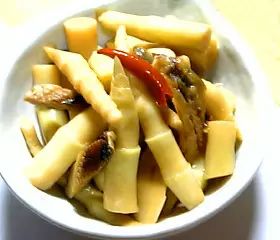
Fried Hime Bamboo with Herring by Aoshigi
I was wondering to myself if Hime-Banboo are no longer harvested in Aizu, or if it is due to climate change, or what happened to them, but this blog post I found recently may give you a hint to understand the current situation.
The author states that young Chishima-zasa bamboo, called Hime or Nemagari in some regions, is a popular food with a unique flavor and texture, but it is quite difficult to collect and process, and in recent years, it may not be worth the effort to collect.
Does this mean that the primary producers, processors, and food service providers have become less able to handle it and make a profit, and the amount distributed has decreased? If it becomes like a phantom food, I, who have neither the skill nor the talent to go into the mountains and pick it like the above blogger, will have nothing to do but feel sad.
Now that I know a little more about the current situation, I am missing them more and more. Hime-Bamboo, make a comeback!

